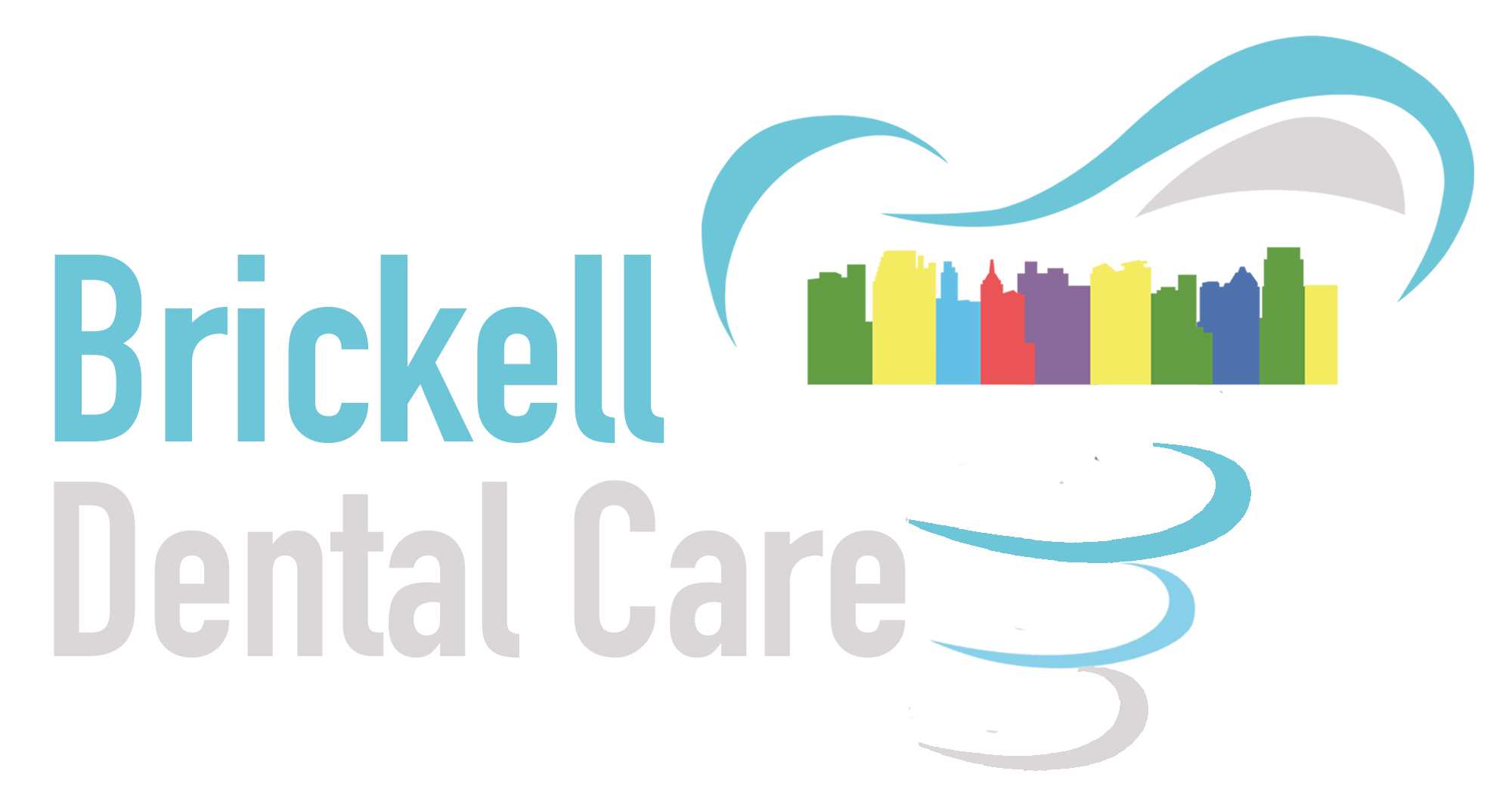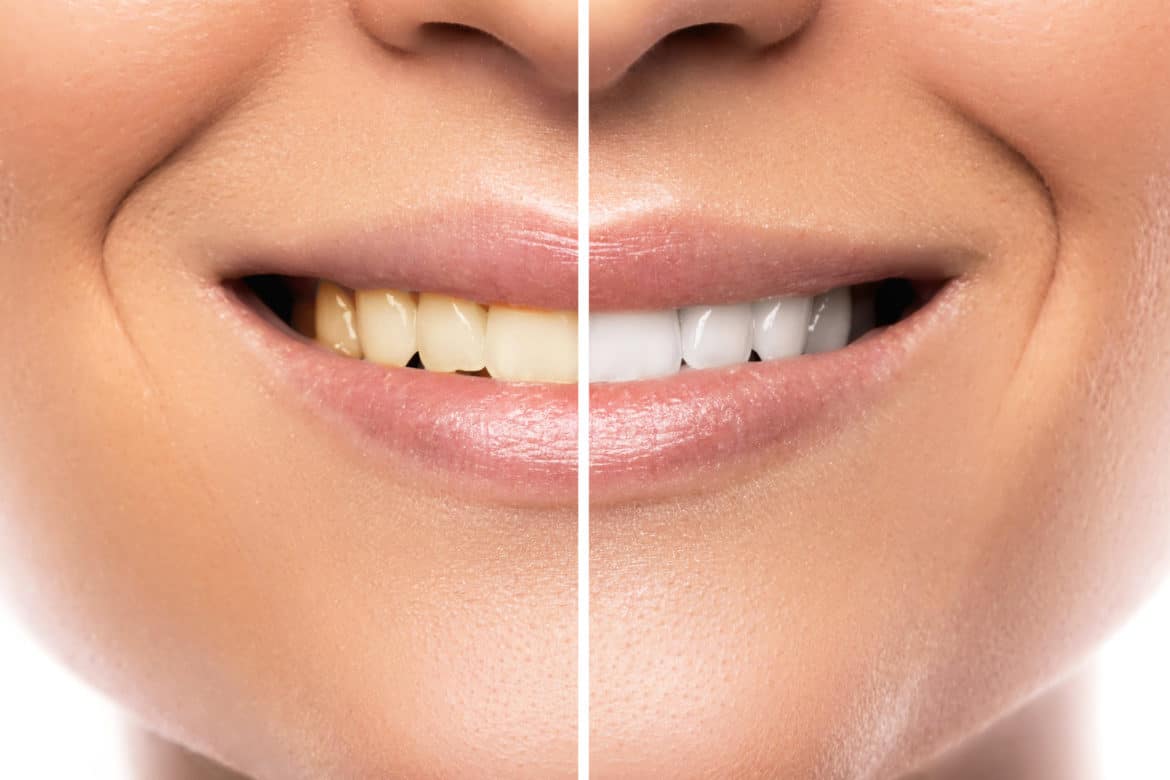At-Home Teeth Whitening
Home whitening begins first in a dental center where the dentists examine the oral cavity and assess its hygienic condition. Next, the doctor removes the impression from the patient’s teeth, according to which the gypsum model of the dentition is made. This gypsum model is made of light transparent plastic kappa.
Kappa is made the way that its gum edge is as close as possible to the necks of the teeth but at the same time, the bleaching solution should not be in contact with the surrounding tissues in order to avoid their damage.
The patient should wear a mouthguard for 3-4 hours a day. And it would be better and comfortable to wear it at night. The whitening result will be achieved in 2-3 weeks. 10-15% carbamide peroxide is used when Whitening is performed at home. Whereas 35% of hydrogen peroxide will be used If whitening is performed in a dental clinic. For a satisfying whitening result, it is necessary to strictly follow all the recommendations of the dentist.
Recommendations for wearing mouthguards.
Further issues will be discussed on the date and time of wearing the mouthguard. It is usually recommended that the patients wear individual mouthguards at night, as The maximum effect on most whitening gels comes within 4 or more hours. Wearing mouthguards at night not only will save the cost of whitening gel but will cause less inconvenience associated with their wearing. Wearing individual mouthguards on a daily basis causes some discontent in patients. Individual kappa, despite its transparency, is still visible on the teeth and interferes with the conversation.
While performing the teeth whitening at home, a dentist recommends that the patients periodically should visit him for an examination to evaluate the intermediate results of home whitening. The bleaching process ends after an optimal result of achievement when the dentist and the patient are both satisfied with the bleaching.
The quality and durability of homemade bleaching.
The quality of whitening depends on many factors, such as the professional qualities of the dentist, the individual characteristics of the patient’s teeth, the hygiene and nutritional characteristics of the patient. Patients will always strive to improve the aesthetics of their teeth as quickly as possible and sometimes produce unrealistic demands, which will make it difficult to plan the treatment and predict its outcome.
Hence, it is very important to establish good communication and understanding between you and the doctor, before carrying the bleach home. The dentist will try to explain to patients the result after bleaching accordingly. In this regard, modern computer programs provide huge help through which the dentist can clearly demonstrate the patient an expected result of whitening. If the color change is superficial, meaning if caused by eating such foods that have coloring properties (coffee, tea, etc.) then whitening of such teeth usually lasts 6 weeks. Teeth whitening for smokers can last up to three months.
If the discoloration of the teeth is deep, i.e. there are tetracycline teeth, fluorosis, changes under the influence of some systemic diseases. Then such cases are difficult to achieve a good result with. Although, after home bleaching, such teeth look much lighter than they were. When single teeth get darken (a consequence of traumatic injury and a complication of root canal treatment), it is better to use the method of internal bleaching. In most cases, bleached teeth after 1-3 years begin to change color. Therefore, after the first bleaching, it is recommended to conduct repeated courses as needed. The course of re-bleaching continues less than the first.
Safety for home whitening.
A bleaching agent is a gel that contains carbamide peroxide, flavorings, water, glycerin. The gel contains 10% of carbamide peroxide. In fact, gels that contain more than 10 % of carbamide peroxide are dangerous. However, home whitening is safe if patients use a whitening gel prescribed by a dentist and use strictly according to the instructions. Unwanted home whitening results occur if the application technology is violated. Various errors are the use of an excessive amount of whitening gel and wearing the tray for a long time. Strictly following the rules of bleaching, can avoid negative effects.
Effect of whitening gel to the tooth
There is a belief that whitening gels are an acid that has a negative effect on tooth enamel. Studies of the enamel of bleached teeth showed that 10% of carbamide peroxide does not affect the strength and mineral structure of tooth enamel.
Effect of whitening gels on dental restorations
Due to the fact that whitening gels do not bleach dental restorations (fillings, crowns, bridges), there is a common logical and clinically justified tendency — to whiten teeth before prosthetics (this applies
especially to the front teeth), next wait 1-2 weeks to stabilize natural teeth, and only then determine the color of the prosthesis.
After bleaching, the root of the exposed tooth does not change color in the gingival recession process. The root of the tooth is not covered with enamel, and consists of cement, darker in color.
The exception, perhaps, is the veneers. Veneers are thin, transparent porcelain coatings that are attached to the front surface of the teeth.
The whitening gel does not change the color of the veneer itself. It whitens the tooth under the veneer.
Since the veneers are transparent and thin, you can see the results of whitening, and the tooth will appear whiter.
Is teeth whitening safe?
The home bleaching method with the use of the individual tray, carried out under the supervision of a doctor, is as safe as other standard dental procedures.
The main conditions for this are:
the use of gels, purchased in pharmacies, clinics or with the attending dentist;
the use of gels containing not more than 10% carbamide peroxide;
Use of gels strictly according to the instructions and recommendations of the dentist
In-office whitening, the gel applied on the enamel is activated using the light from a special lamp. Before bleaching, the doctor puts cofferdam on the teeth (or isolates the teeth with a liquid cofferdam) in order to isolate them and protect the oral cavity.
In Affordable Dentistry of South Florida, we provide At-Home Teeth Whitening and In-office whitening. If you are interested about discount for any kind of whitening please visit our promo page here dental4000.com/promo.html

